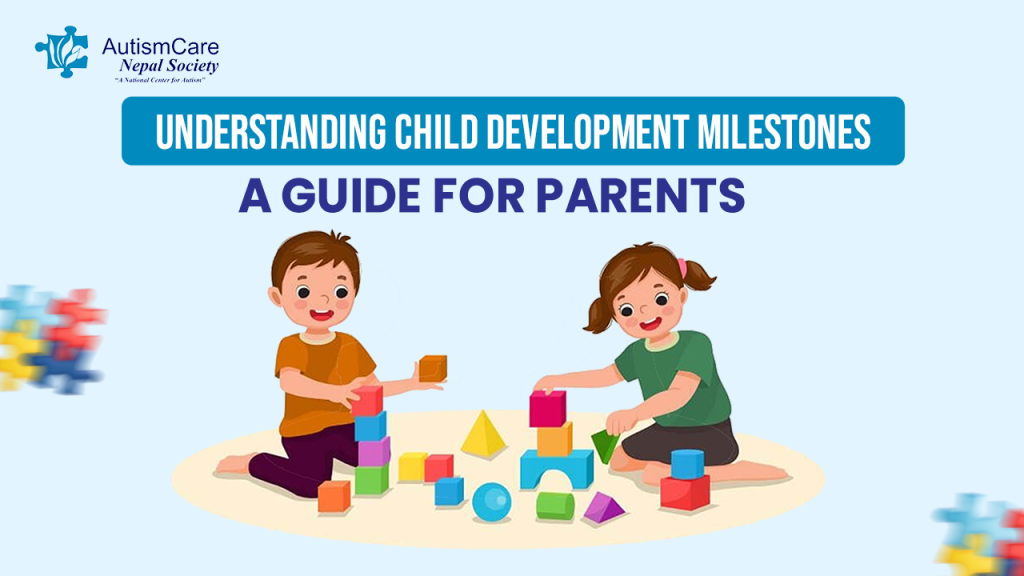As a parent, one of the most important things you can do is observe and understand your child’s development. Each stage in a child’s early years brings new abilities, responses, and behaviors. While every child grows at their own pace, certain developmental milestones help us know if they’re on the right track.
This guide outlines key developmental signs from birth to 5 years and encourages parents to seek advice from a pediatrician if any delays are noticed.
Birth to 6 Months – Forming Early Connections
- Recognizes their mother and familiar faces
Newborns start building emotional bonds by recognizing familiar voices and faces. They smile, make eye contact, or become calm when they see or hear their mother. - Responds when called
Babies begin to turn their head or react with a smile, movement, or sound when someone calls their name or speaks to them in a familiar tone. - Mimics sounds and voices
They try to copy simple sounds like “oo” or “ah,” which is the beginning of language development and social interaction. - Transfers toys from one hand to another
This shows growing hand-eye coordination and fine motor skills, important for grasping and manipulating objects later in life.
6 to 12 Months – Building Understanding
- Hesitates with strangers
Babies may cry or cling to parents when approached by unfamiliar people this is normal and shows emotional awareness. - Follows simple commands like “come” or “give”
They begin to understand words and basic instructions, which indicates healthy communication and comprehension development. - Looks toward familiar objects when named
When a parent says “ball” or “bottle,” the baby turns toward the object, showing they are connecting words with real things. - Picks up items using thumb and forefinger (pincer grasp)
This fine motor skill allows them to pick up small objects and prepares them for feeding themselves or scribbling later.
12 to 18 Months – Expressing and Exploring
- Understands many words and uses 8–10 words
Children begin forming their own words, like “mama” or “ball,” and follow simple conversations or instructions. - Can make marks on paper
With support, toddlers begin scribbling with crayons an early sign of hand control and creativity. - Identifies body parts like eyes, nose, ears
When asked, they can point to body parts on themselves or a doll, showing memory and learning. - Understands “no” and expresses refusal
Saying “no” or shaking their head signals emotional development and growing independence.
18 to 24 Months – Communication and Curiosity
- Speaks in short, meaningful sentences (2–3 words)
Toddlers start combining words like “want milk” or “go park,” showing increasing language skills. - Interested in watching other children
They may observe or try to play alongside others, which is early social interaction, even if not full-on playing together. - Can find hidden toys
Shows memory development and the ability to solve simple problems, such as retrieving a toy hidden under a blanket.
2 to 3 Years – Growing Skills and Awareness
- Can draw a circle
They begin to control hand movements to form shapes, which is key for writing readiness. - Takes turns during play
Shows social development learning cooperation, patience, and sharing with others. - Understands concepts like up/down, in/out
They respond correctly when asked to go “inside the room” or put a toy “on the table,” showing spatial awareness. - Begins running
Improved gross motor skills let children move more confidently and explore more freely.
3 to 4 Years – Imagination and Interaction
- Can identify colors
They recognize and name colors like red, blue, and yellow, which supports early learning skills. - Sings nursery rhymes or songs
Repeating songs improves memory, rhythm, and language skills, and is often very enjoyable for children. - Can describe daily activities
They explain events like “I ate rice” or “I played with a ball,” showing language fluency and memory. - Enjoys playing with peers
Social play whether pretend or cooperative helps with emotional regulation, empathy, and learning social rules.
4 to 5 Years – Preparing for School
- Counts more than 10 numbers
Children begin developing early math skills by counting objects or reciting numbers aloud. - Copies a triangle shape
Copying complex shapes demonstrates advanced visual and motor coordination. - Identifies everyday items
Recognizes and names items like toothbrushes, cups, or shoes, showing functional knowledge and vocabulary growth.
Conclusion: Empowering Parents Through Awareness
The journey of child development is both remarkable and deeply individual. While each child progresses at their own pace, recognizing key milestones helps ensure that no child is left behind in their growth and learning.
As parents, caregivers, and educators, staying informed is the first step toward meaningful support. Regular observation, gentle encouragement, and early consultation with specialists if needed can make a lifelong difference in a child’s future.
🌟 Remember: Early detection and intervention lead to better outcomes. Trust your instincts, seek help when necessary, and celebrate every small achievement your child makes along the way.
